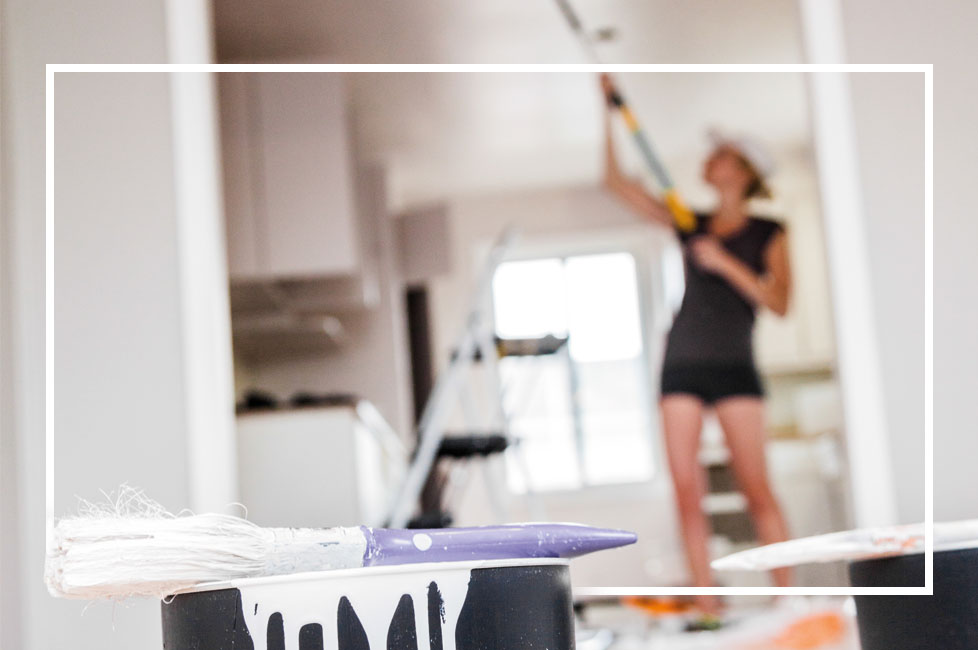03 September 2018

How to fix a ceiling that has water damage before repainting
If you suspect or know that your ceiling has been damaged by water or by a leak here are some tips to help repair your ceiling before you get painting!
If there appears to be mildew anywhere on your ceiling, this is a giveaway that water damage has occurred . In addition, a staining pattern might indicate water/moisture seepage from above.
This all indicates water or moisture is coming through the ceiling – either from a leak –or leaks – in the roof or possibly, failing that there could be a problem with the geyser (if it is positioned close to or above the room), its pressure relief valve, or any water pipes passing across the ceiling in question – but that is less likely to be the problem; a leaking roof is more likely.
If there is indeed a water problem then there is absolutely no point in repainting the ceiling until the source has been located and rectified.
You will need to get into the ceiling space and check for any wet areas on the trusses or upper surface of the ceiling over the room, particularly during or just after rainfall when drips may be spotted. You will need to bear in mind that a leak might not be directly over a wet area… a cracked tile higher up the slope of the roof might be allowing water in, which then trickles down a roof truss until falling down on to the top of the ceiling material. One could also get on the roof and check for cracked or broken tiles and seal or replace them.
What should also be checked if one or more of the room’s walls is an exterior wall, that there are no gaps between the end of the tiles and the barge boards; if there is, flashing will need to be applied.
Flashing is available in various versions. One is an aluminium with a bitumen backing and the product is available in patches and also rolls from 50mm wide up to 300mm wide and in lengths from 5m upwards. This flashing is unrolled and being self-adhesive, is simply pressed into place (can be a bit of a messy job). The other main type involves applying a coat of sealer to the area and then pressing the bespoke cloth (cut to length) into the layer while it is still wet. Then further coats of the sealer are applied over the cloth to completely seal the leak. Very narrow cracks in tiles can be sealed with a product such as Laykold which is simply painted over the crack, sealing it, but larger cracks will probably need a bespoke cloth ‘bridge’ which is then sealed – as described above.
Geysers are positioned on flat trays so that if there is a leak water drains away, usually into an outside gutter, but if the drainage pipe is blocked in any way, the tray could fill and overflow, in which case clearing the drainage pipe will sort out the problem. However, if the geyser or its piping is the problem a plumber will most likely need to be called in to sort it out.
In summary:
- Do not repaint yet.
- Check for any broken or cracked roof tiles and replace them and if one or more walls are exterior, check for any gaps between the roof tiles and the barge boards and rectify..
- If no leaks are in the roof, check any plumbing that passes close to or above the ceiling and sort out any leaks – it is very likely that a plumber will need to be called.
- Once all leaks have been rectified, allow a good couple of weeks of warm weather to give the ceiling time to dry thoroughly and in the interim, brush off any mildew.
- After that, the ceiling will need probably at least two coats, perhaps three over badly stained areas, of a good quality ceiling paint. The first coat to hide the staining as much as possible, the second coat – hopefully – to obscure them completely for a uniform finish.